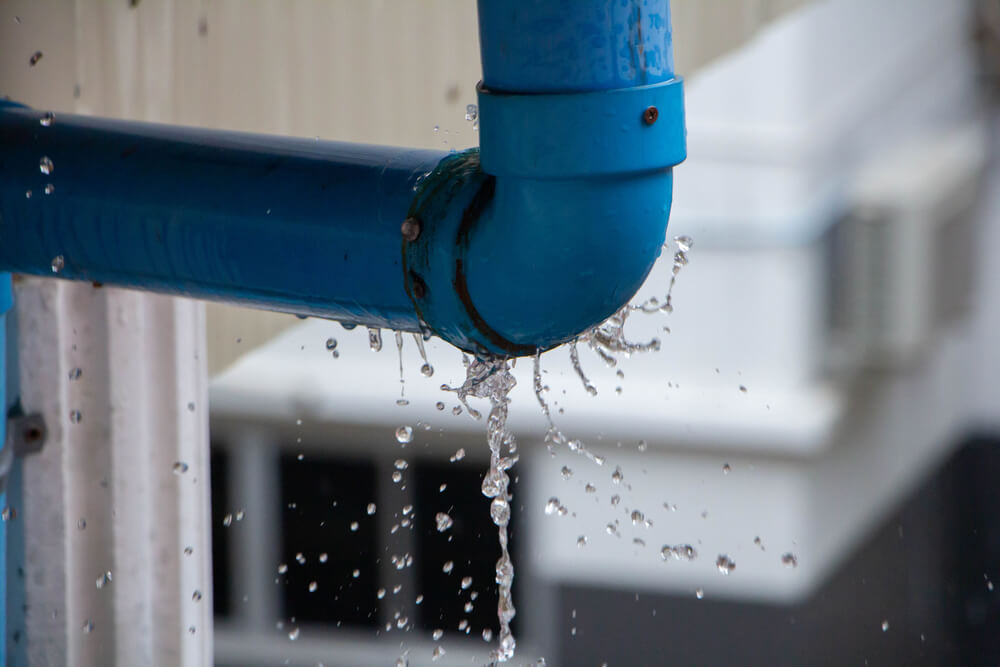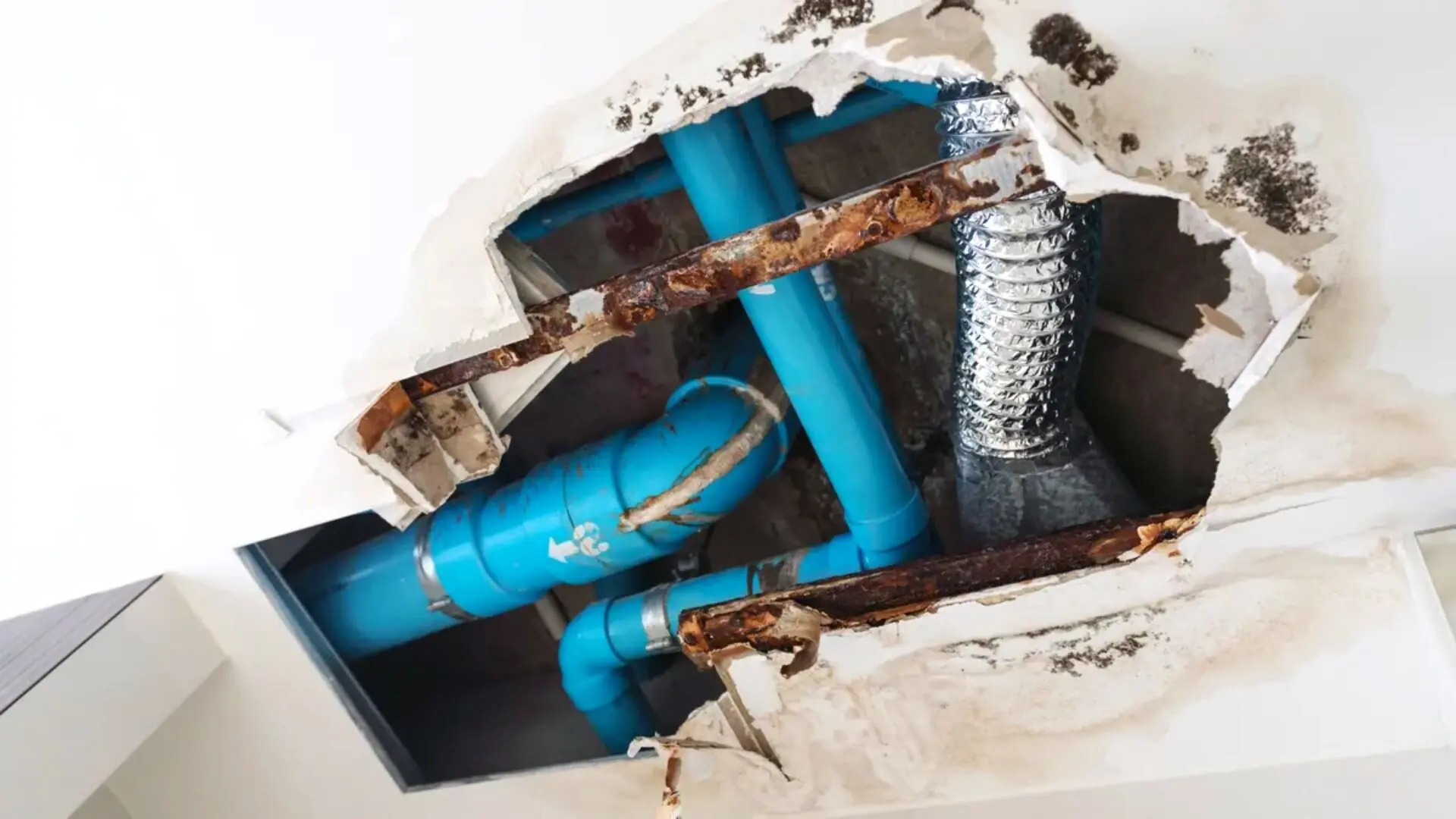Preventing a Burst Pipe: Tips for Protecting Your Plumbing During Winter
Preventing a Burst Pipe: Tips for Protecting Your Plumbing During Winter
Blog Article
Avoiding Burst Pipeline: Crucial Tips to Protect Your Pipes
Avoiding ruptured pipes is an important concern for homeowners, specifically during chillier months when the risk of freezing is heightened. Applying tactical steps such as appropriate insulation, regular inspections, and maintaining regular indoor temperatures can considerably minimize the likelihood of pipeline failure.
Understand Pipeline Vulnerabilities
Recognizing pipeline susceptabilities is essential for effective plumbing upkeep and avoiding pricey damages. Numerous variables add to the susceptibility of pipelines to bursts, including material composition, age, and ecological conditions. Older pipes, specifically those made from galvanized steel or polybutylene, frequently degrade in time, resulting in raised threat of tears and leakages.
Temperature variations can likewise dramatically influence pipe honesty. In cooler environments, water caught in pipelines can ice up, increasing and exerting stress on the pipe walls, which might inevitably bring about a burst. High water pressure can strain pipelines, specifically at bends and joints, enhancing the chance of failing.

Insulate Water Lines Correctly
Correct insulation of pipelines is important for preventing cold and succeeding ruptureds throughout winter (burst pipe). Protecting your pipes system successfully safeguards against temperature drops that can bring about expensive damage. Begin by identifying susceptible locations where pipelines are subjected to outside temperature levels, such as cellars, attics, and exterior wall surfaces
Usage foam pipeline insulation sleeves or wrap insulation tape around these locations to provide a protective barrier. Make sure that all sections of the pipelines, particularly those with minimal warmth exposure, receive sufficient insulation. Pay special interest to joints and fittings, as these are a lot more susceptible to freezing.
When insulating, it's vital to select materials that meet neighborhood building ordinance and are proper for the certain setting. For example, fiberglass insulation is often suggested for its thermal resistance buildings - burst pipe. Furthermore, consider utilizing warmth wires or tape in extreme problems, which can be connected in to provide supplementary warmth
Frequently check protected pipelines for any signs of wear or damage, as jeopardized insulation can decrease its efficiency. By taking these proactive actions, you dramatically decrease the danger of pipe bursts, ensuring a trustworthy pipes system throughout the winter season.
Maintain Consistent Temperature
A steady indoor temperature is necessary for preventing ruptured pipes throughout the frigid months. When temperature levels decrease, water within pipes can ice up, creating and increasing pressure that may inevitably cause the pipelines to burst.Using a programmable thermostat can assist manage indoor temperature levels effectively, ensuring that areas with plumbing remain cozy even when the residence is vacant.
This small circulation of water can stop cold by alleviating stress within the pipelines. By executing these methods, homeowners can significantly decrease the risk of pipeline ruptureds and safeguard their pipes systems versus the severe winter components.
Frequently Check Plumbing
Normal evaluations of plumbing systems are crucial for protecting against ruptured pipelines and keeping overall home honesty. Routine checks allow home owners to identify possible issues before they rise right into pricey repair work or major water damages. During these assessments, it is necessary check here to examine visible pipes for indications of rust, leaks, or use. Pay unique focus to areas susceptible to freezing, such as basements, attic rooms, and exterior walls.
Furthermore, checking links and joints is essential, as these points are often prone to leaks. House owners should also assess water pressure degrees, as extreme pressure can stress the plumbing system and enhance the danger of pipeline ruptureds.
Consider organizing expert pipes inspections at least once a year, particularly prior to winter, to ensure your system is prepared for chillier temperatures. By being aggressive in your strategy, you can guard your home against the disruptive and pricey consequences of burst pipes.
Know Emergency Situation Procedures
Comprehending emergency procedures is this link crucial for every single homeowner, specifically after conducting routine plumbing examinations. Being gotten ready for a plumbing emergency can substantially reduce damages and conserve prices. First, situate your main water shut-off valve; it is generally located near the water meter or where the major line enters your home. Familiarize yourself with its operation, as closing off the water system promptly can protect against considerable flooding.
Following, maintain important tools convenient. A pipes emergency situation kit ought to include a wrench, bettor, and towels, in addition to a flashlight and a container for little leaks. Furthermore, consider having the get in touch with details for a trusted plumbing professional easily available, ought to the situation intensify beyond your control.
If you identify a leakage or burst pipe, quickly shut off the water supply and alert your plumbing technician. Record the damage with pictures for insurance objectives. Be conscious of the indicators of potential plumbing issues, such as uncommon water pressure changes or damp areas on wall surfaces
Ultimately, aggressive expertise and swift activity are important in handling pipes emergency situations, guaranteeing your home stays secured and lessening potential damages.

Final Thought
To conclude, stopping burst pipes requires a complex technique that consists of understanding pipe vulnerabilities, appropriate insulation, keeping constant indoor temperature levels, routine assessments, and expertise of emergency situation treatments. By applying these necessary techniques, the threat of plumbing failings can be dramatically decreased, therefore guaranteeing the durability and effectiveness of the plumbing system. Aggressive procedures not just safeguard against potential damage however likewise add to total water preservation and the security of home.
In cooler environments, water trapped in pipelines can freeze, broadening and applying pressure on the pipeline wall surfaces, which might inevitably lead to a burst. When temperature levels drop, water within pipelines can freeze, expanding and developing pressure that might inevitably trigger the pipelines to burst. By implementing these approaches, home owners can considerably decrease the danger of pipeline ruptureds and safeguard their plumbing systems against the extreme winter season elements.

Report this page